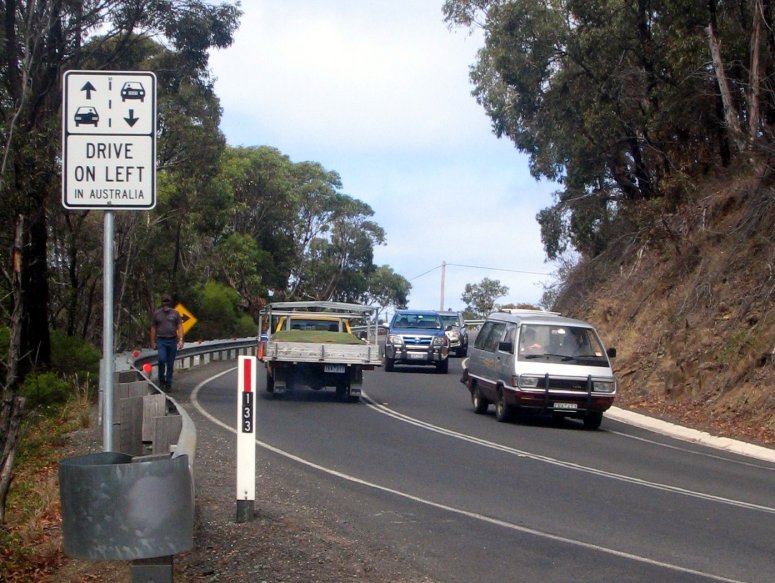|
Are laws prohibiting cell phone use for drivers justified? James Watson of the University of Utahcertainly thinks so. According to psychologists and members of Watson’s team, only 2.5% of the general population can safely juggle driving and talking on the cell phone. These “supertaskers,” as they are so named, are so rare that you would be better off taking chances on flipping heads five times in a row.
Watson’s team developed a study in which 200 subjects “drove” in a simulated freeway setting while juggling another activity which requires equal focus, such as a cell phone conversation involving “memorizing words and solving math problems.” Braking reaction time, following distance, memory, and accuracy on the math problems were assessed. To little surprise, the results showed that most of the participants were unable to successfully multitask on both calling and driving. The most apparent difference between multitasking and taking one task at a time was the adjustment to the flow of traffic, or rather an inability to better go with the flow. The next largest difference was an increase in braking time, never a good thing when on the road. The second tier of experiments involved the same subjects talking, not using their cellular phones, while “driving” again with the simulation program. With this change came surprising results: braking times and adherence to traffic flow were at normal and safe levels, while memory was demonstrated to actually improve. The big question is: what is the secret of the “supertaskers”? Watson and co-author David Strayer of the University of Utah have studied fighter pilots in order to examine potential relationships between different regions of the brain and increased success in multitasking. Their paper – to be published in Psychonomic Bulletin and Review later this year – is purported to discuss a possible genetic basis for the superhuman ability to safely multitask. –GTB
0 Comments
Leave a Reply. |
Categories
All
Archives
April 2024
|

